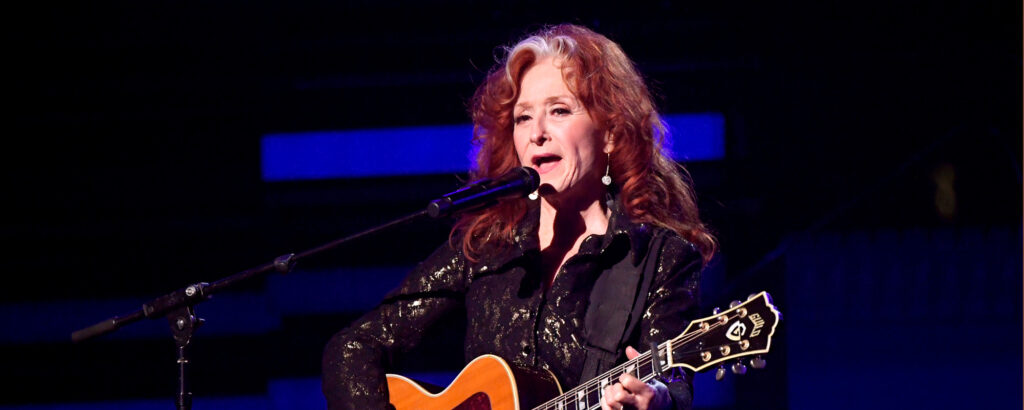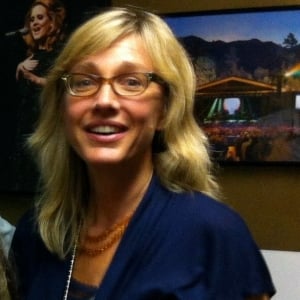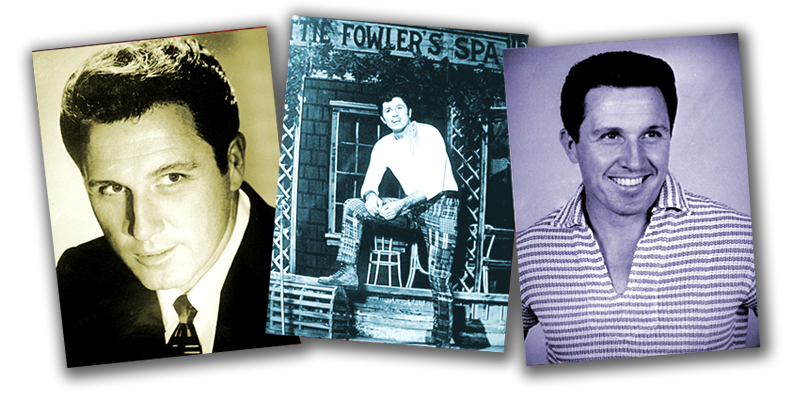Bonnie Raitt’s Lake Minnetonka Beginning

Bonnie Raitt is best known for her hits “Something to Talk About” and “I Can’t Make You Love Me.” But back in 1971, she was a 21-year-old kid with a friendly streak, guitar chops, and her first record deal. That summer, she recorded her debut album on Lake Minnetonka with a motley crew of Minneapolis musicians, making music and commotion in a wild recording experience that she calls “not Animal House, but […] just a blast.”
tip: most convenient way to listen while browsing along is to use the popup button of the player.
Bonnie Raitt: In Memory of Willie Murphy
I am so shocked and heartbroken to hear of my longtime friend Willie Murphy’s sudden passing. Although we’d spoken during his recent illness, and he was getting better, very excited about his new album, I don’t think many of us knew how serious his condition may have been. Along with producing my first album in 1971, he was one of the most brilliant, unique and prolific musicians I’ve ever known. His enduring contribution to one of America’s funkiest and most flavorful music scenes, the West Bank of Minneapolis, where I first fell in love with his band, Willie and and the Bees, will be treasured by all of us who can appreciate the incredible breadth, soul and inventiveness of the music he made. He lived to play and remained a defiant maverick, preferring to spend time creating music and friendships rather than get sucked into the trap of social media. He was my friend, a great inspiration and I will miss him terribly. I’m so grateful he was able to leave us with another amazing record before his untimely passing. Another bright light, gone way too soon.
-Bonnie Raitt, January 15, 2019
Transcript of Episode 5 — Bonnie Raitt’s Lake Minnetonka Beginnings
[“I Ain’t Blue” by Bonnie Raitt]
Bonnie Raitt: Enchanted Island—yeah, I remember it like it was yesterday. I’m always reminiscing with Willie and the Bees.
Andrea Swensson: That’s folk and blues icon Bonnie Raitt, and this is The Current Rewind, the podcast that puts unsung music stories on the map. I’m Andrea Swensson, back with Side B of our first season. Over the next few weeks, we’ll take you to a Great Lakes industry town with a dark side and back to the ’80s with a wild story of anti-rock crusaders. But today, we’re zooming in on the early years of Bonnie Raitt.
[“I Ain’t Blue” crescendos, then fades. “Winging It” by Lazerbeak begins to play]
Andrea Swensson: Few performers over the last fifty years of rock have been more widely beloved than singer and guitarist Bonnie Raitt. Writing and covering a wide variety of styles, from folk to blues to rock, she has, as much as anybody, defined the roots-oriented sound of Americana. She’s known for the hits “I Can’t Make You Love Me” and “Something to Talk About.” In 1990, her album Nick of Time swept the Grammy Awards and made her a household name. But the story of Bonnie Raitt’s recording career began way back in 1971. And it began in Minnesota.
[Rewind sound effect]
Andrea Swensson: For this episode of The Current Rewind, we spoke with several of the musicians who played on Bonnie Raitt’s self-titled album from 1971, as well as a couple of writers and Raitt’s bass player from the seventies.
One person we didn’t get to talk to, unfortunately, was Bonnie herself, whose schedule didn’t allow her time. So we’ve relied on a couple of old interviews—one with NPR’s Ann Powers in 2012 and one with The Current’s Bill DeVille in 2013—to get her side of the story.
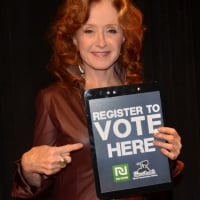
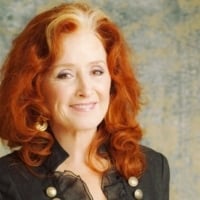
While it isn’t the best-known of her albums, Bonnie Raitt’s self-titled debut was a clear statement of purpose from a soon-to-be-major artist. She was only twenty-one, but her song choices drew deep from the wells of blues, folk, rock, and R&B music. Her singing and stage presence had turned heads since she began performing. By the summer of 1971, Warner Bros. Records, who specialized in singer-songwriters like her, was ready to put her out in the world.
And that’s how Bonnie Raitt came to the West Bank neighborhood of Minneapolis, also known as Cedar-Riverside—because that’s where she could go to find other musicians who were in the habit of ignoring genre rules and going for the gut, just like she did.
Bonnie Raitt was born into showbiz—her father was the Broadway musical leading man John Raitt, star of “Oklahoma!” and other fifties hits from the Great White Way. But as she told The Current’s Bill DeVille, Raitt was looking for something else when it came time to make her first album.
Bonnie Raitt: It’s Austin and New Orleans and Minneapolis-St. Paul that are the three cities that have been multiracial in their music scene for all this time. That’s why I wanted to make my first record there.
Maurice Jacox: John Koerner and Dave Ray were playing out on the East Coast folk circuit, and Bonnie was playing out there too.
Andrea Swensson: Maurice Jacox was the saxophonist for Willie and the Bees, the band who backed Bonnie Raitt on her first album.
Maurice Jacox: And so she got a Warner Bros. contract, and the contract was for $40,000. She asked people she trusted—Koerner and Dave Ray—and said, “I’ve got this contract. What do you think I should do? I’m supposed to make an album. I want to make a blues album. Got any suggestions, and the way I should go about doing this?”
They both said, “We’ve got some friends back in Minneapolis that might be right up your alley. You ought to come out there and see what’s happening out there.” So Bonnie actually flew out here and hung around the West Bank for about a week or so and shot pool, drank beer, drank liquor, played pinball for about four or five days and did a lot of talking.
Cyn Collins: She was known to hang out with people at the various West Bank hotspots.
Andrea Swensson: Cyn Collins is the author of “West Bank Boogie,” a history of the Cedar-Riverside folk and blues scene.
Cyn Collins: She would hang out at Palmer’s Bar doing New York Times crossword puzzles with Spider John Koerner on a daily basis while Flo tended bar.
Andrea Swensson: In fact, an autographed photo of Bonnie still hangs at Palmer’s to this day.
The Current Rewind’s Bonnie Raitt crossword puzzle
Cyn Collins: Willie Murphy would say that she was seen regularly at various places around the West Bank—the New Riverside Cafe, the Firehouse, which is now the Mixed Blood Theatre, and she performed at the New Riverside Cafe and Firehouse and other places.
Willie Murphy: She came out here and stayed at my house—we actually slept together in the same bed and went out every morning looking for a good place to put the studio to make the record.
Andrea Swensson: That’s the late Willie Murphy, speaking to me in 2014. He produced Bonnie’s debut album, and was the notoriously strong-willed, gruff, but beloved leader of Willie and the Bumblebees. Fans often called them the Bees.
[“Honey From The Bee” by Willie and the Bees]
Maurice Jacox: After that Bonnie just went, “This is the band. These are the guys I want to work with.”
Andrea Swensson: At first, the group wanted to record in the countryside. But they hit a snag.
Bonnie Raitt: Nobody would rent us a farm because we were a mixed-race bunch of raggly hippies and blues guys. Dave Ray and Sylvia, his wife at the time, found this guy who had a remedial reading summer camp, and it was isolated enough that they let us just take it over. So it was about—not Animal House, but it was very much like a summer camp. It was just a blast.
Andrea Swensson: The West Bank had been considered “blighted” during the forties, and had become part of skid row during the fifties, thanks partly to the freeway system intruding on the area, cutting it off from downtown. This relative isolation, and its proximity to the University of Minnesota campus, made the West Bank perfect for the burgeoning counterculture—first beatniks, then hippies began moving to the area. By the early seventies, the Electric Fetus, a record store and head shop catering to a hippie crowd, had opened up there; in 1972, it would stage a so-called “naked sale.” (Don’t ask.)
Spider John Koerner: I think I probably had my first drink in Palmer’s Bar in 1963 or 1964, so it’s been well over five decades that I’ve been watching the West Bank.
Andrea Swensson: The blues and folk singer Spider John Koerner has been one of the West Bank’s most visible musicians ever since.
Spider John Koerner: My first time on the West Bank, it was kind of working people. There was lots of bars. There was like probably a half a dozen up and down the avenue there, and there were some black bars up around Seven Corners up there. There was the Key Club and South of the Border, and you could go down there and see some of the top blues performers coming through Chicago and like that. It was a good mixture. Then came along the hippie era. If you left your wallet on the bar there was a 50/50 chance somebody would bring it back to you rather than getting picked up by somebody.
Eugene Hoffman: We were not hippies.
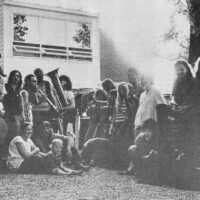
Andrea Swensson: Saxophonist Eugene Hoffman had dropped out of the University of Minnesota, and began playing with all sorts of musicians on the West Bank in the mid-sixties.
Eugene Hoffman: Even though Willie in one of his last interviews said at heart he was a hippie really, we were all in between the beatniks and the hippies. The neighborhood had been blown wide open because it was the Haight-Ashbury of Minnesota. Fourth and Cedar—there was a place above—Richter Drug Store. This Richter pharmacist was very lenient on the hippies, and people were always coming in there. They were dealing drugs on the corner—all kinds of people. What the West Bank had quickly become in about ’66 was just a lot of houses of university students.
But wait, there's more!

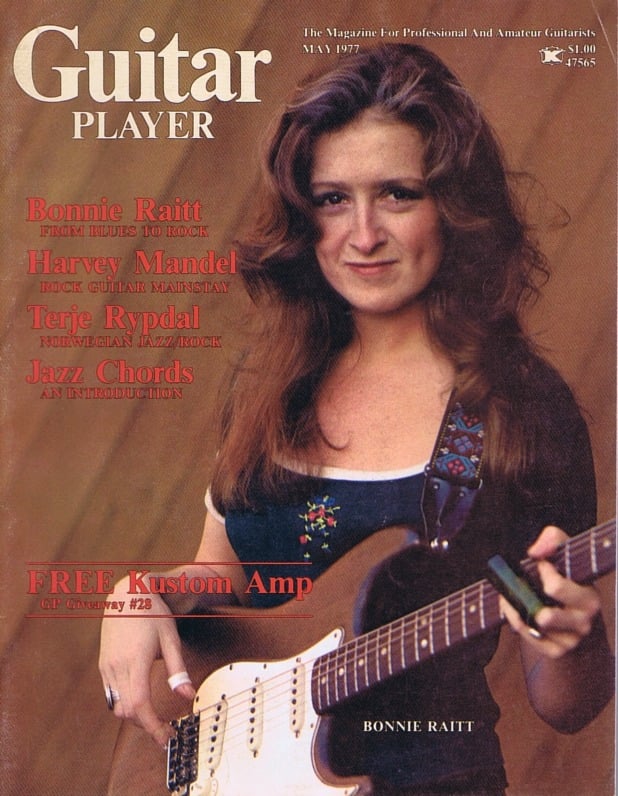






 Visitors Today : 91
Visitors Today : 91 Now Online : 2
Now Online : 2






